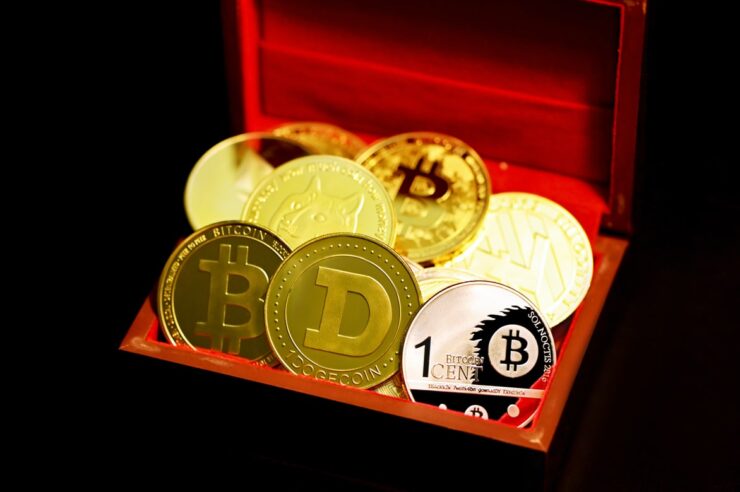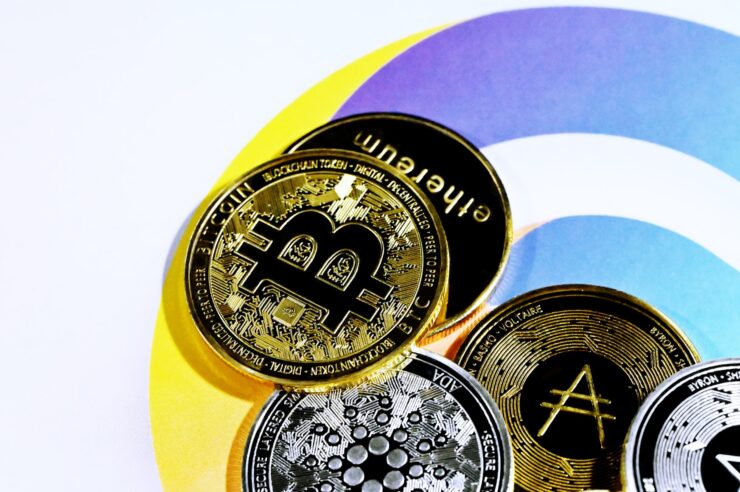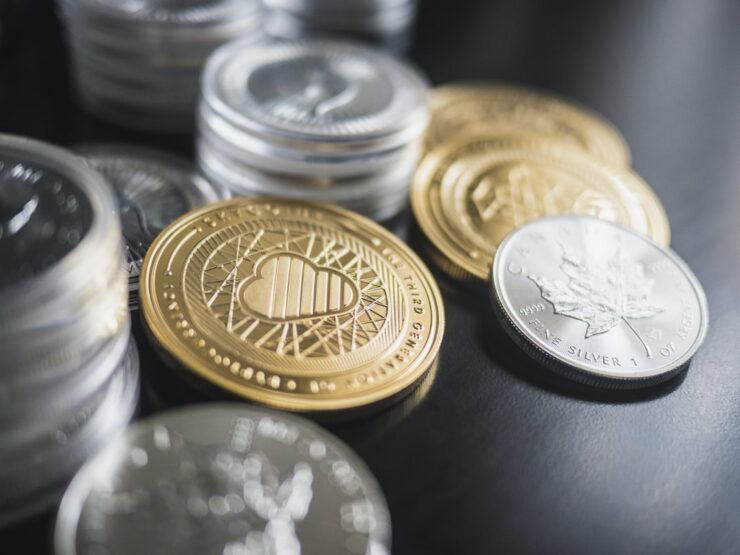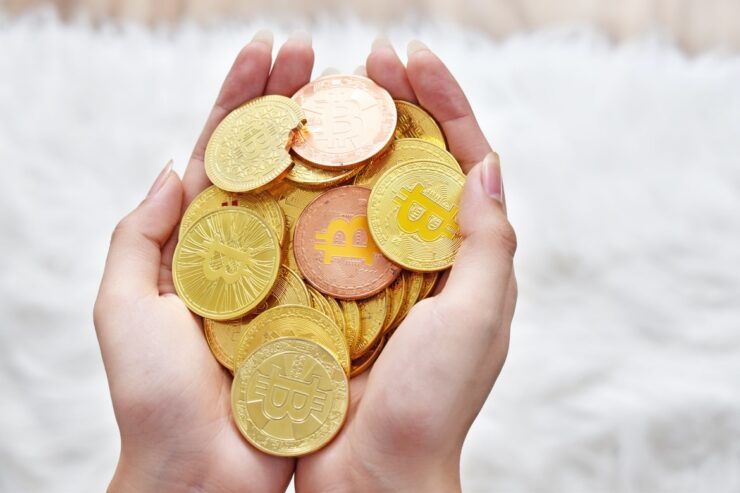Despite being present for over 13 years and having their own industry now, cryptocurrencies are still causing too much commotion and confusion among the masses. They cannot be considered a novelty item anymore when we look back on how long they have been around, and yet millions of people still lack the basic understanding necessary for investment. The amount of misinformation combined with the actually somewhat complex nature of digital currencies come together and cause people to ultimately falter and back out. It is the belief of many experts and long-time investors that more common folk would back up cryptos only if they understood it more.
Even if people know about them, there are now thousands of cryptos in circulation. How does one narrow down their options and pick one, or even a few? Is there a wrong choice? Does it matter what you choose? Aren’t they all the same? Admittedly, it can get a bit confusing. Worry not though as we are here to do our part. The article you are reading here is how we attempt it. Right here and now we will talk about the most important tips you need to understand the different types of cryptocurrencies. Keep reading to get informed on this important topic and be sure to click here if you have a wish to expand your crypto knowledge.
1. An Overview
Before we talk types, there need to be certain things established first. As of the end of 2024, there are thousands of cryptocurrencies in circulation according to OKX. Estimates range between 6,000 and 10,000. The total market capitalization of them all surpasses $2 trillion. In short, it is a big business, so it makes sense that people struggle to pick a few to back up with their hard-earned money. To make things more confusing, they are not regulated, issued, or backed by central authorities like governments and banks. This is one of their biggest advantages but also something that prevents people from believing they are usable, real, feasible, or viable.
2. Different Types of Cryptos

Despite there being thousands of them in existence, cryptos are generally put in one of two categories. They can either be coins or tokens. Bitcoin and altcoins are coins and they can be thought of as the variety used for trading, buying, and selling. On the other hand, tokens are programmable assets native to the blockchain of a certain platform. They are more than just something to trade with and buy. Ether is a token of the Ethereum network, for example, making it inherently different from Bitcoin. These are the best two representatives of their respective types. People tend to use the three terms, crypto, coin, and token, interchangeably. It is however crucial to understand the differences between them particularly if you want to know more about cryptocurrency in general and become good at it.
3. Coins VS Tokens
The two provide different functions despite being considered two distinct forms of crypto. Coins are built on their own blockchain and they exist to be currencies. Any such cryptocurrency like this that is based on a blockchain is called an altcoin (alternative coin, as opposed to Bitcoin as the main one).
Tokens also exist on a blockchain, but they are not currencies as much as programmable assets that can be used to create and execute other things. Smart contracts and apps are some of the things we can have thanks to tokens and their networks. Tokens can, however, be units of value and be received or sent. They can even be real-world assets like money, electricity, digital assets, and more.
4. Altcoins

As we already mentioned, altcoins are coins that are alternative to Bitcoin, or similar to it in type and based on its formula. Most of them were actually made in order to improve on Bitcoin in some way, shape, or form. Some of the most popular and most successful altcoins are Litecoin, Peercoin, Namecoin, and USD Coin. While using Bitcoin as the basis for their existence, creators of altcoins always add something different to their coin. For example, they can use different processes to produce and validate new blocks of transactions. Other features like smart contracts may exist, or lower price volatilities. Many of them are also not finite like Bitcoin is, which is capped at 21 million coins.
5. More on Tokens
There are a few more things worth knowing about tokens if you want to understand types of cryptos better. They are most often created and given out through events known as initial coin offerings, or ICOs for short. This is quite similar to stock offerings and the initial sale to the future stockholders. Tokens can be represented in three different versions. The first are value tokens, which are similar to coins like Bitcoin. The second is security tokens, most similar to stocks. Lastly, there are utility tokens that are designed for other, more specific uses. Tokens represent value but they are not valuable themselves. It is similar to dollars where the paper bill is not actually worth $100 but its value is.
6. Other Popular Cryptos

So we have talked a bit about Bitcoin and Ethereum, but what about other popular cryptos right now? As an investor, you need to know what to back up and why. Some of the most commonly referred cryptocurrencies right now include Cardano (ADA), Binance Coin (BNB), Tether, Solana, XRP, Dogecoin, Polkadot (DOT), and USD (USDC).
Cardano is advertised as the third-generation blockchain platform and the next big name to rival the biggest competitors. Traceability and identity management are two main applications of this blockchain platform. It is more advanced and requires less electricity for mining. This allows it to be more efficient and sustainable in the long run.
If the name Binance is familiar, that is because it is one of the largest crypto exchanges in the world. Binance Coin is a token that they created to be used on their exchange as a medium. It first existed on the Ethereum blockchain but has since been moved to the one Binance runs.
Tether is the first stablecoin currency, a type of crypto the value of which is pegged to a traditional fiat currency. The US dollar is the currency this stablecoin relies on. It is made to offer stability, transparency, and low transaction rates. It can be described as a midway between real cryptos and fiat currencies like dollars. This is how stablecoins operate, they are made for those who want to escape the extreme volatility of the true cryptocurrency market.




























